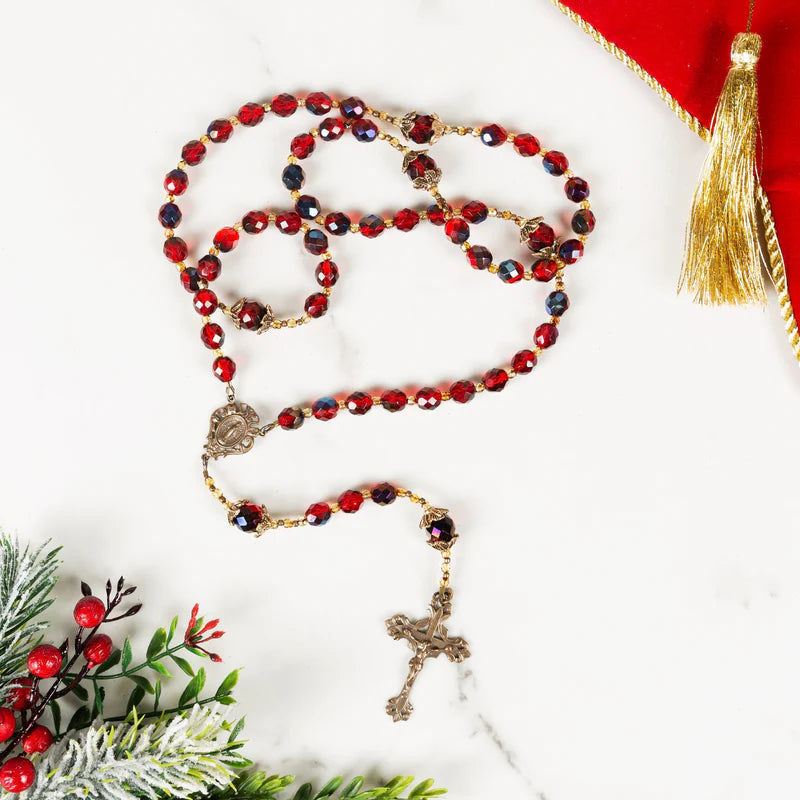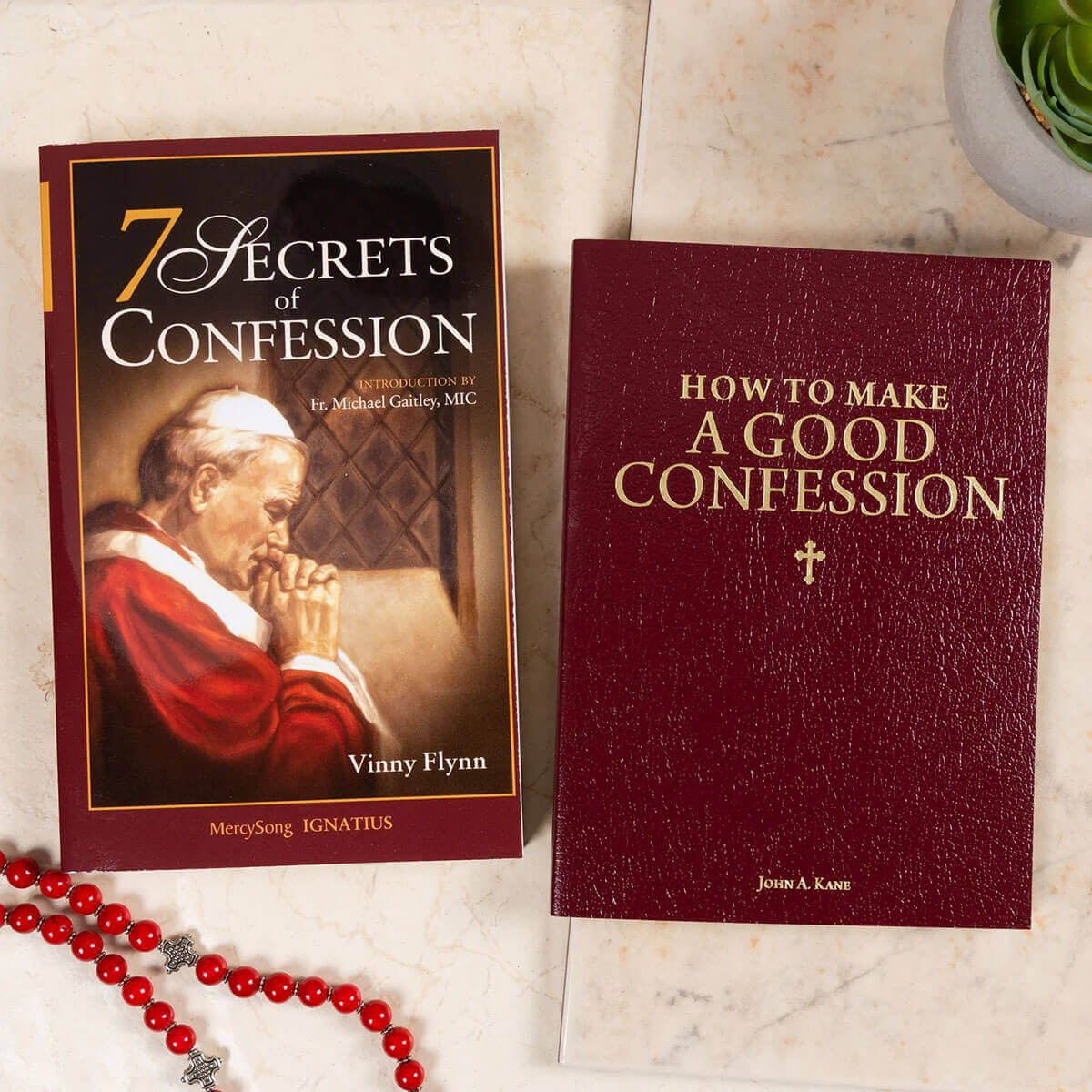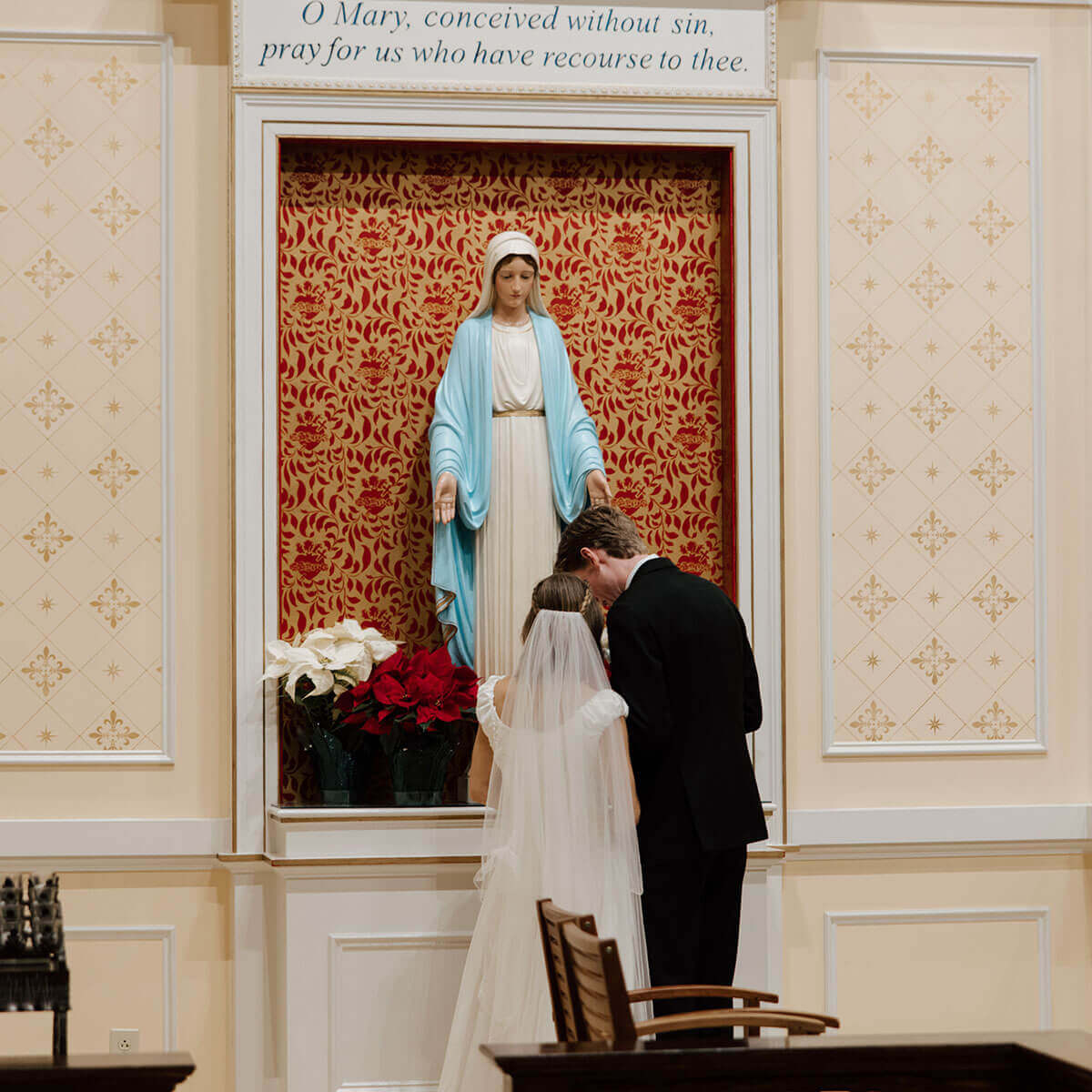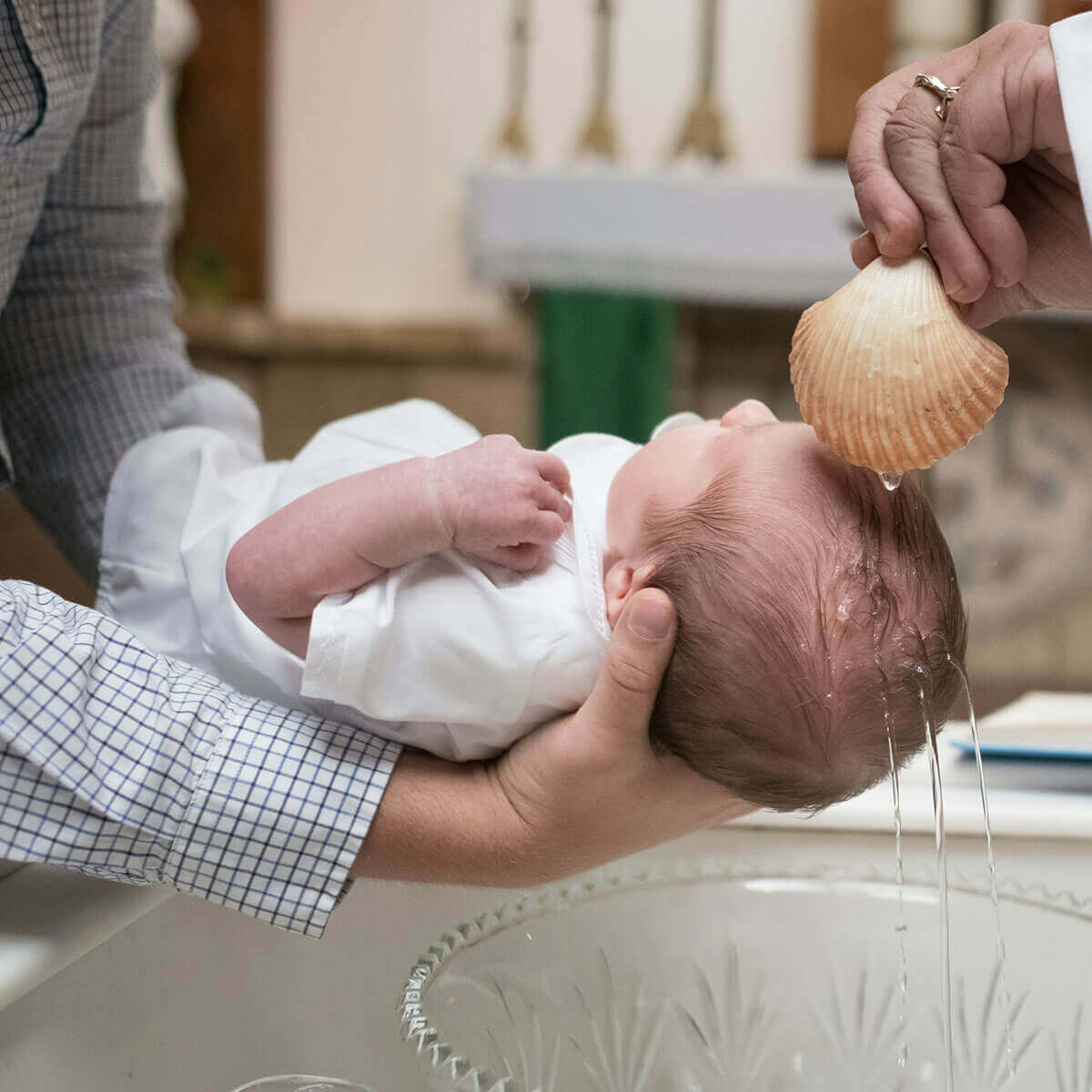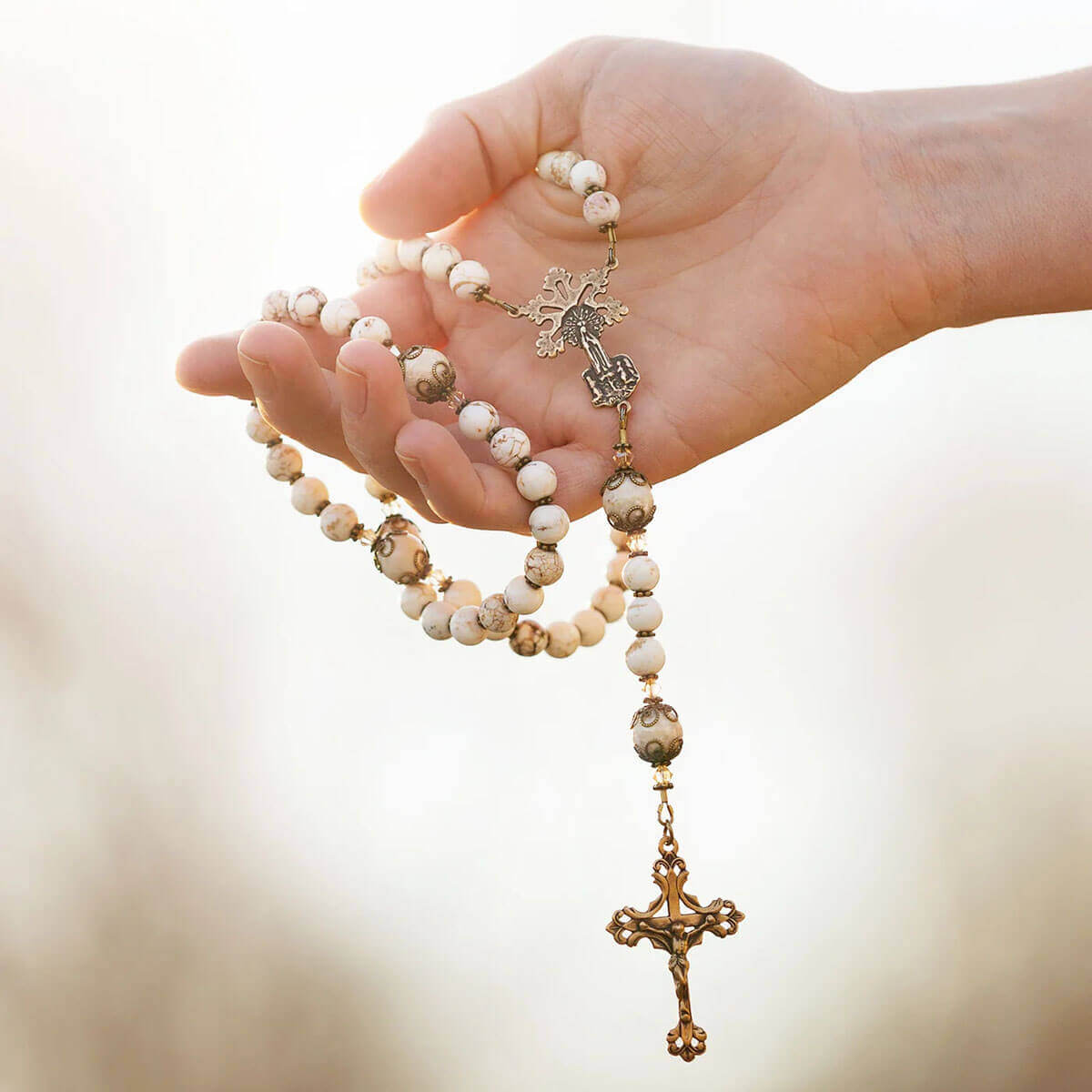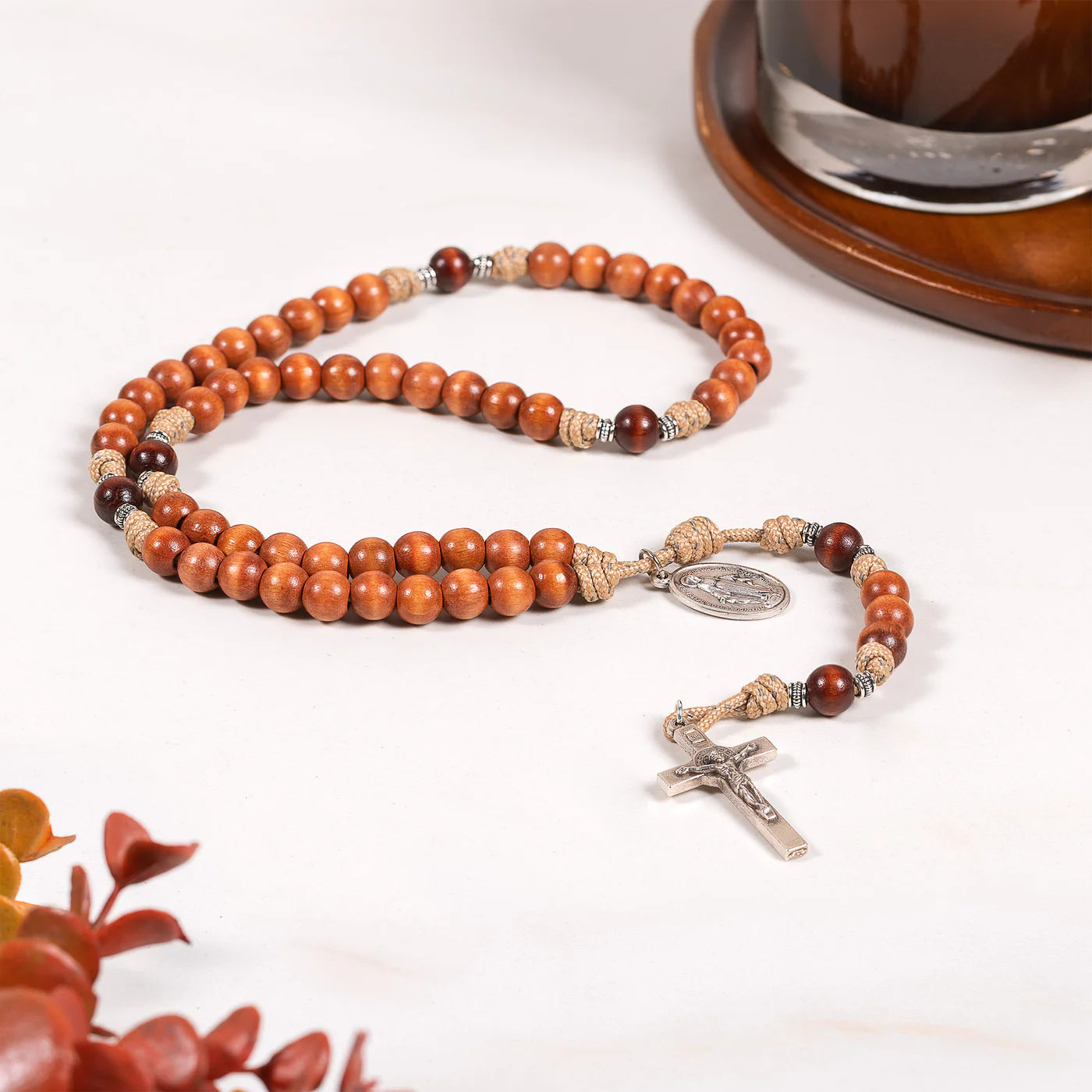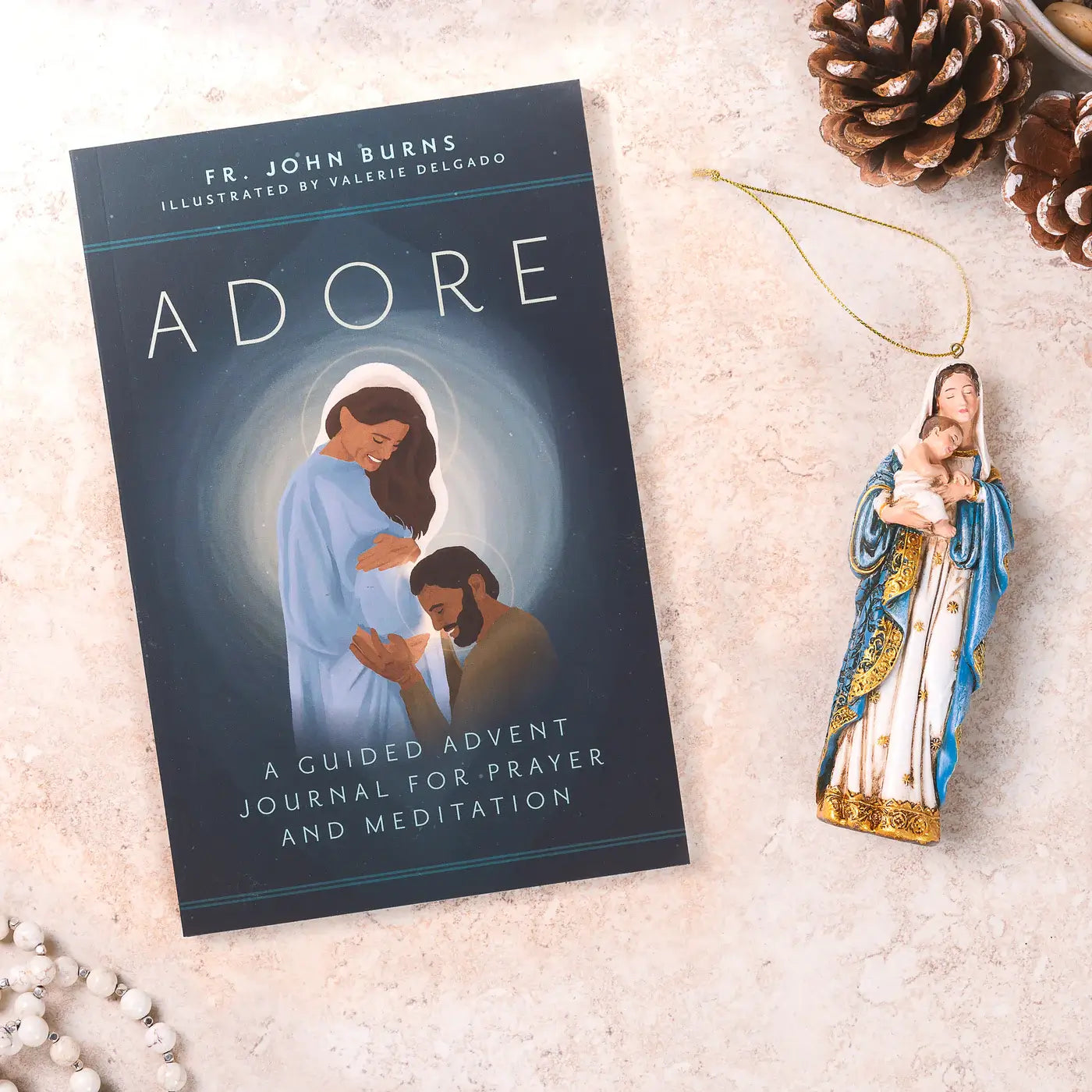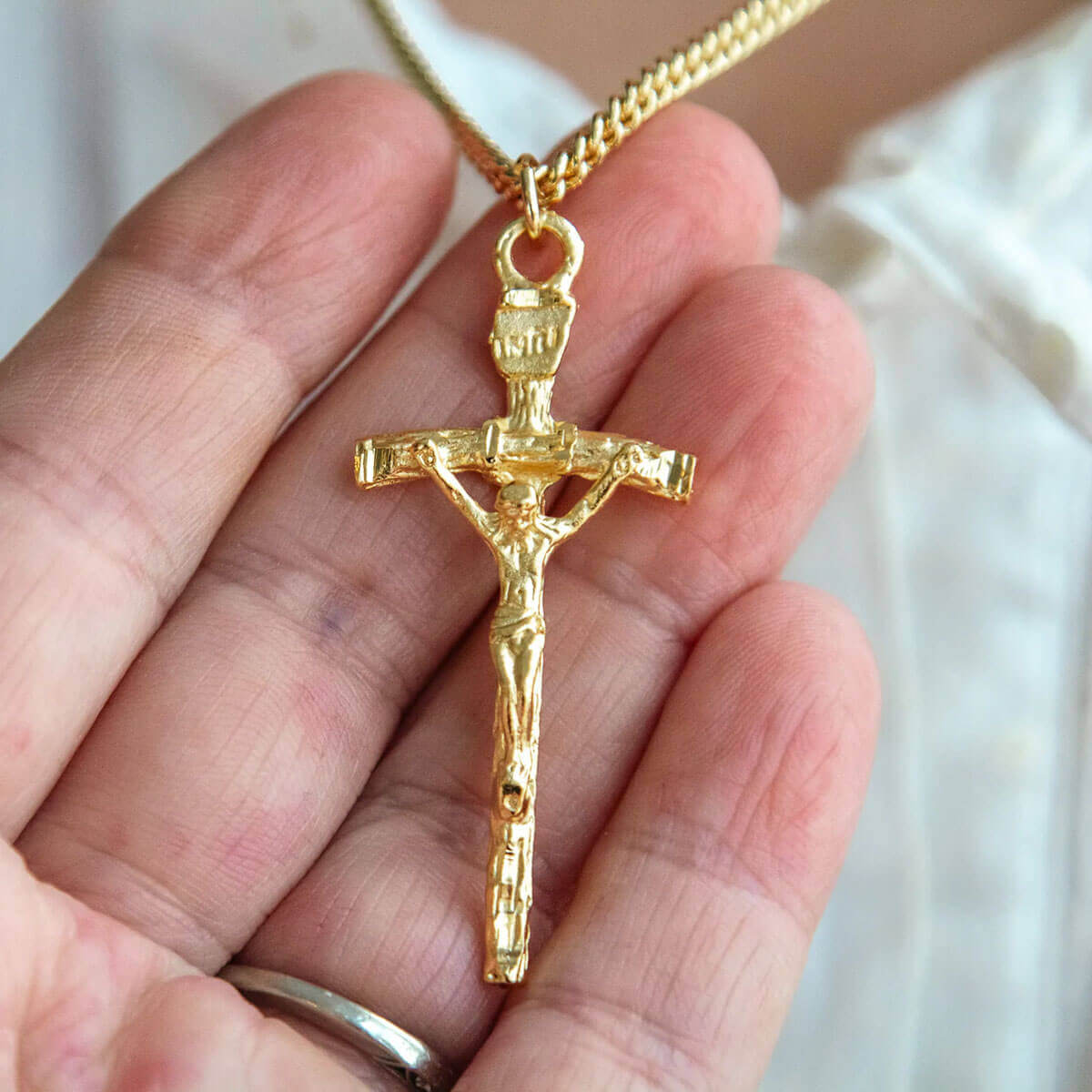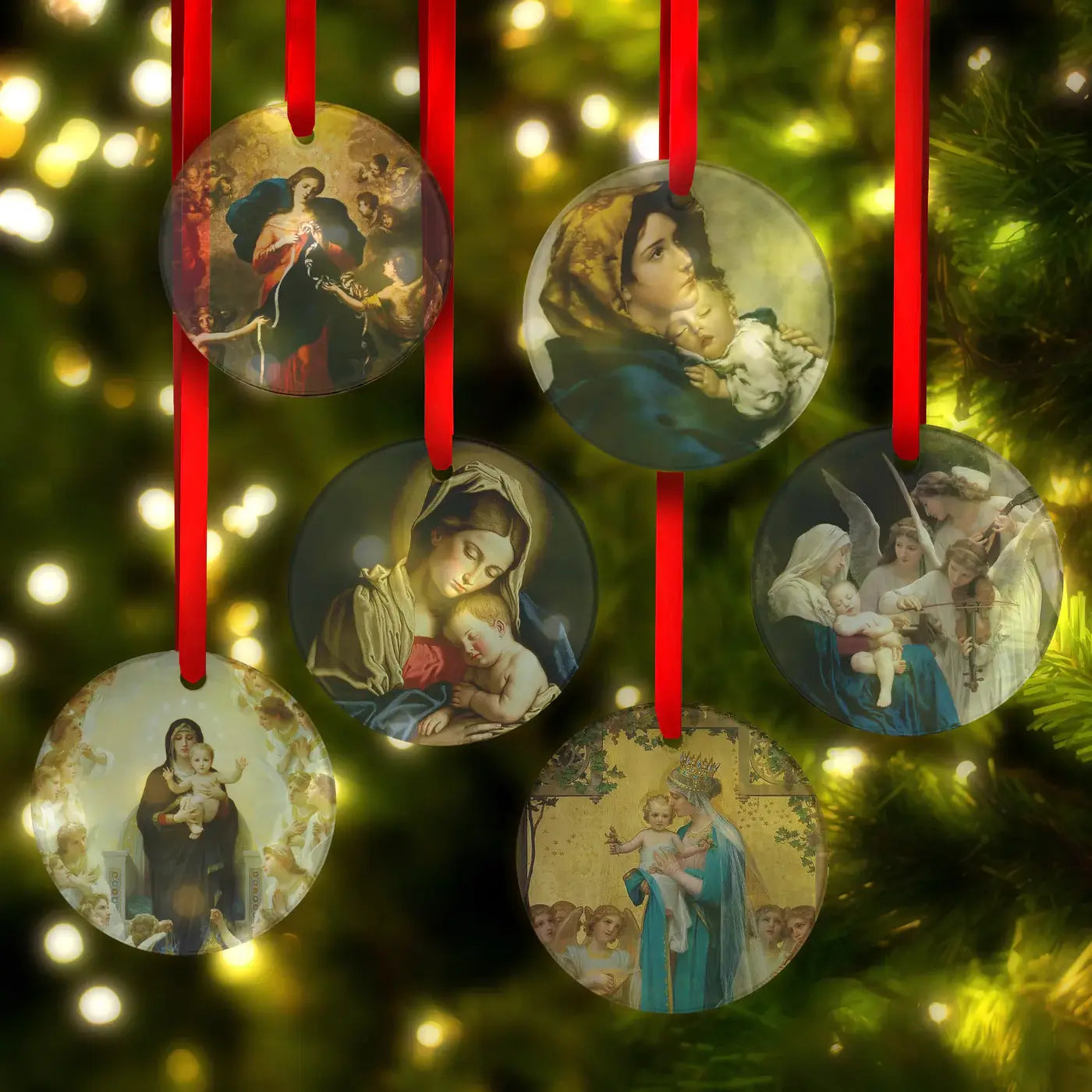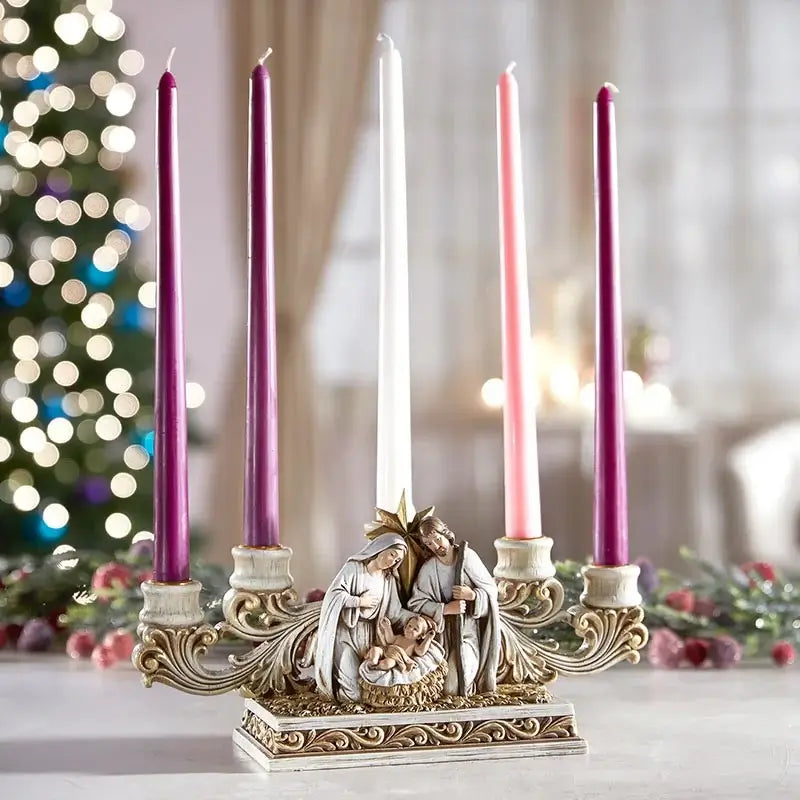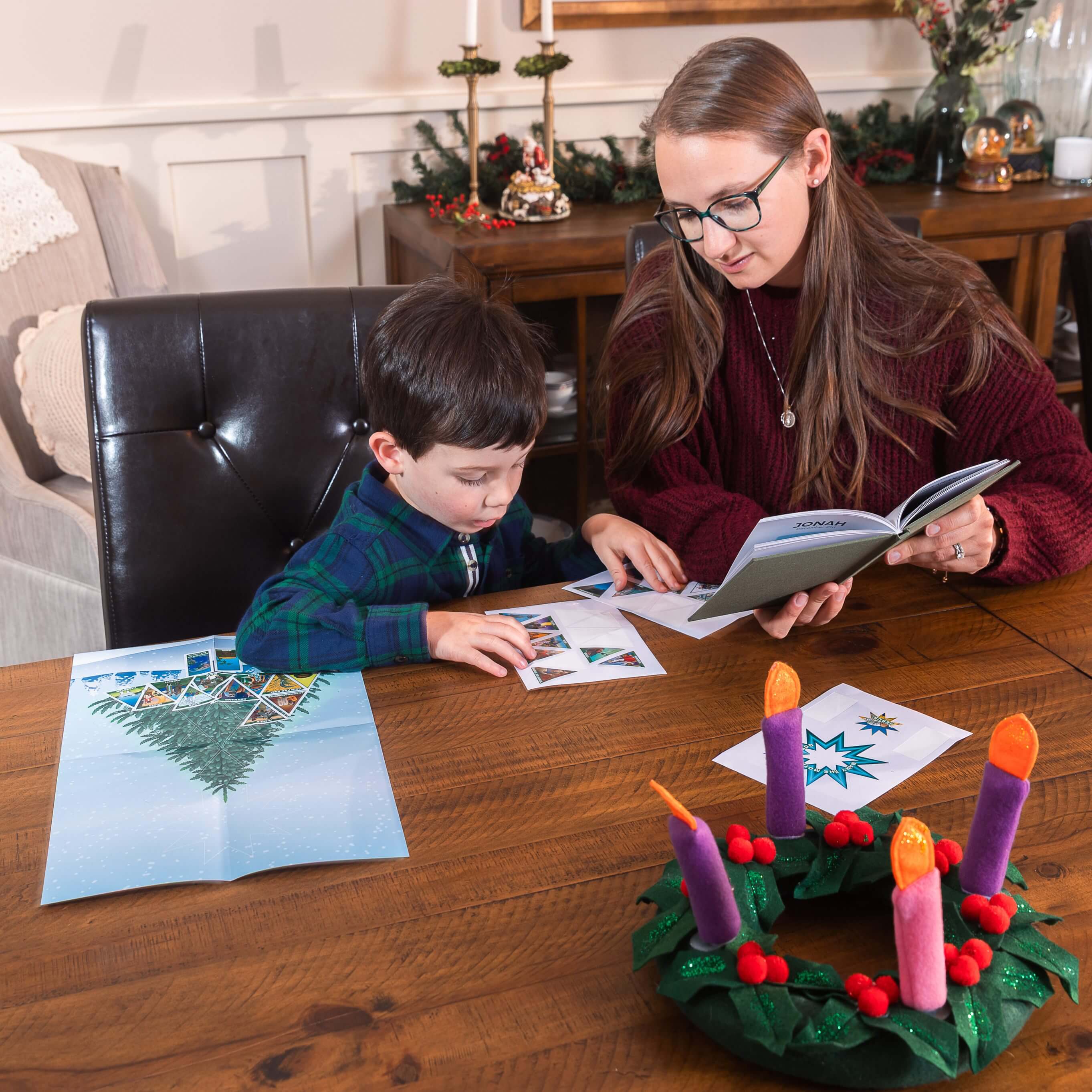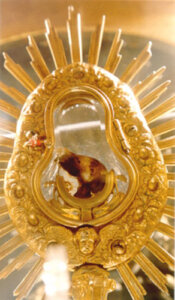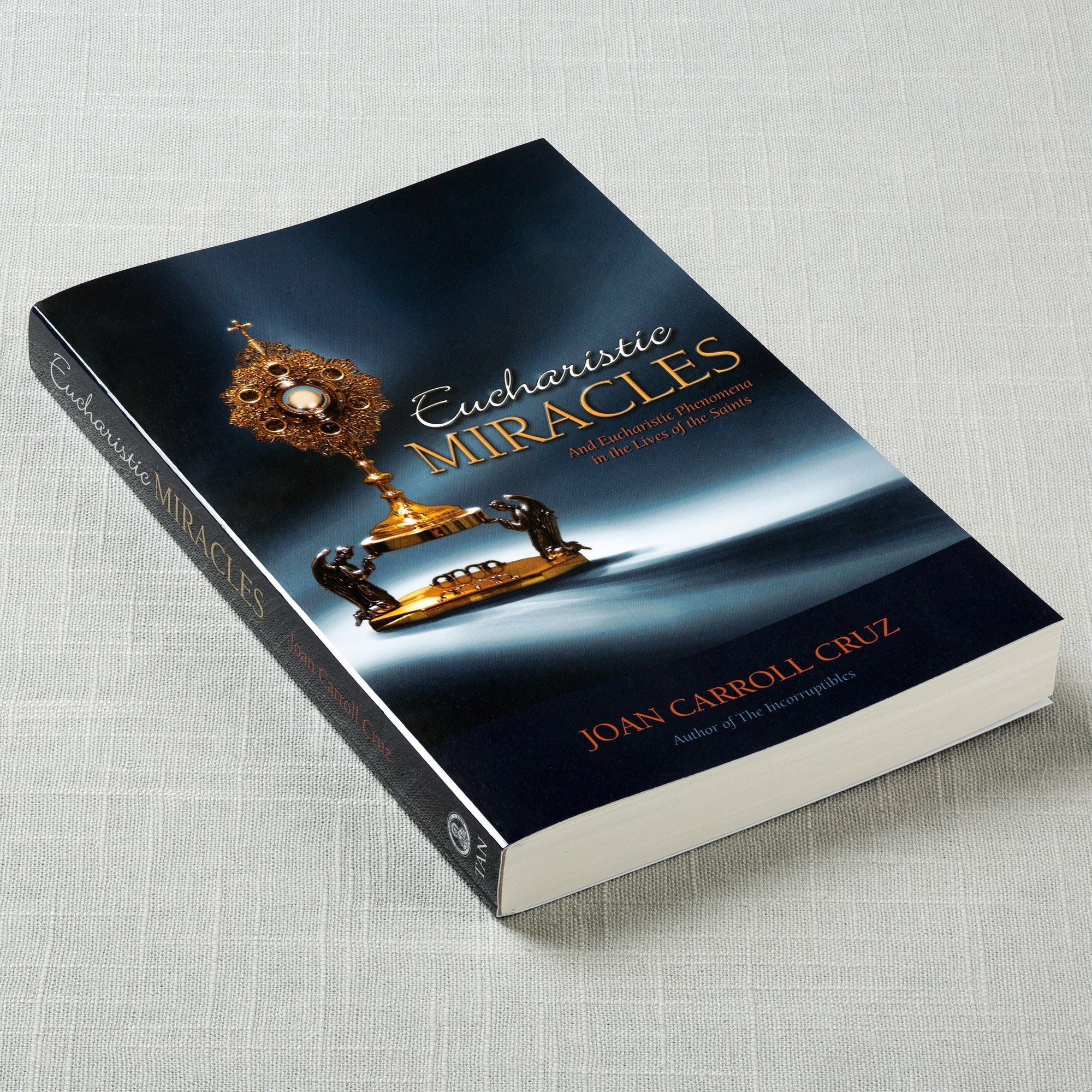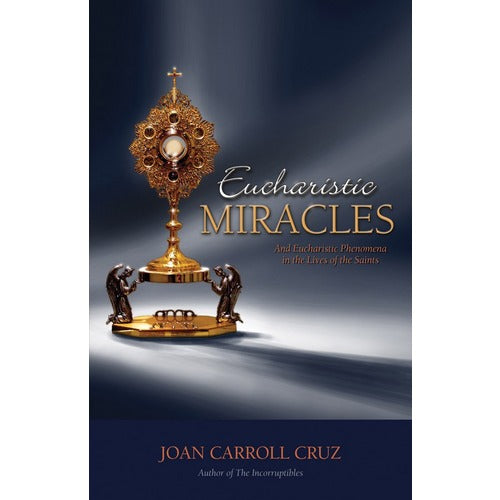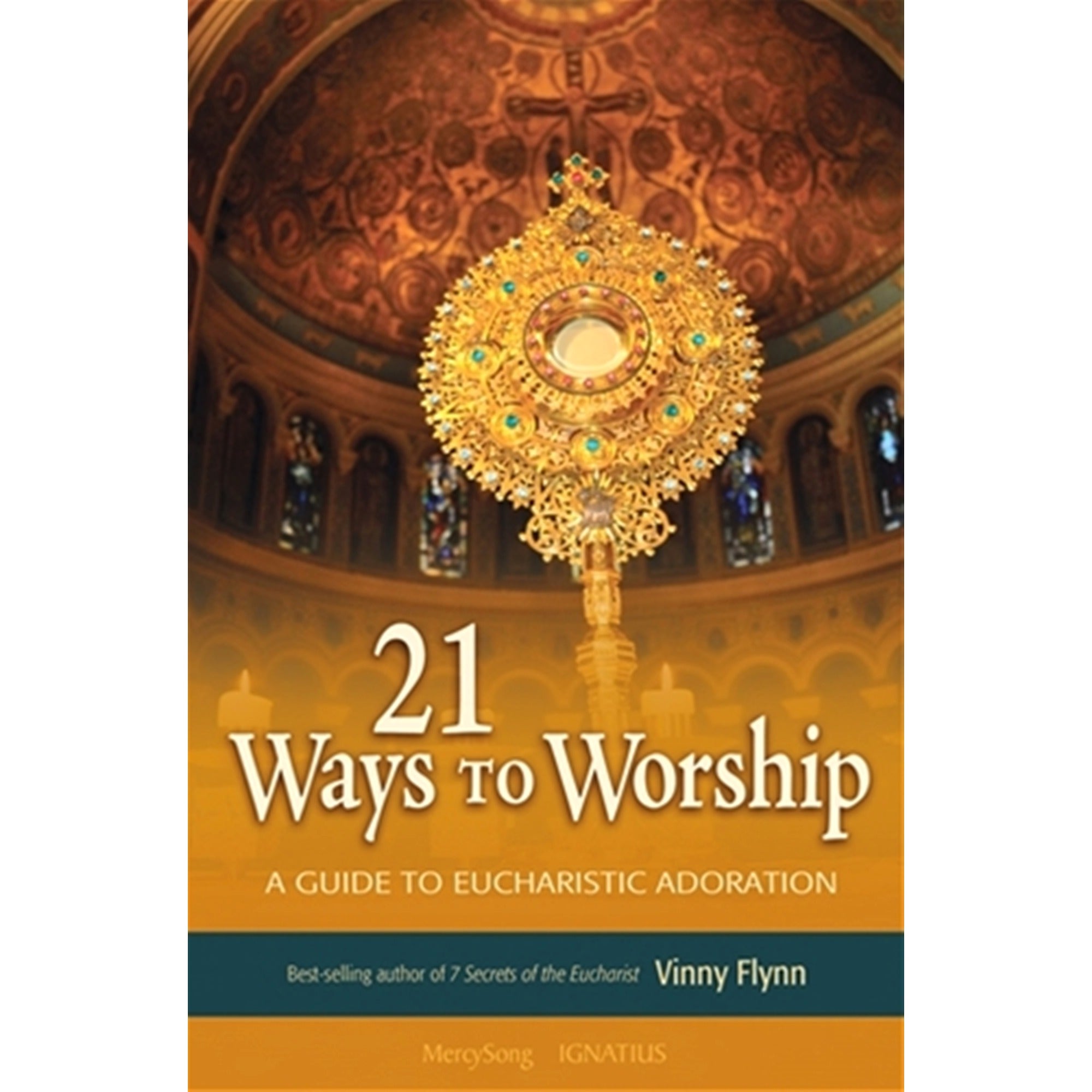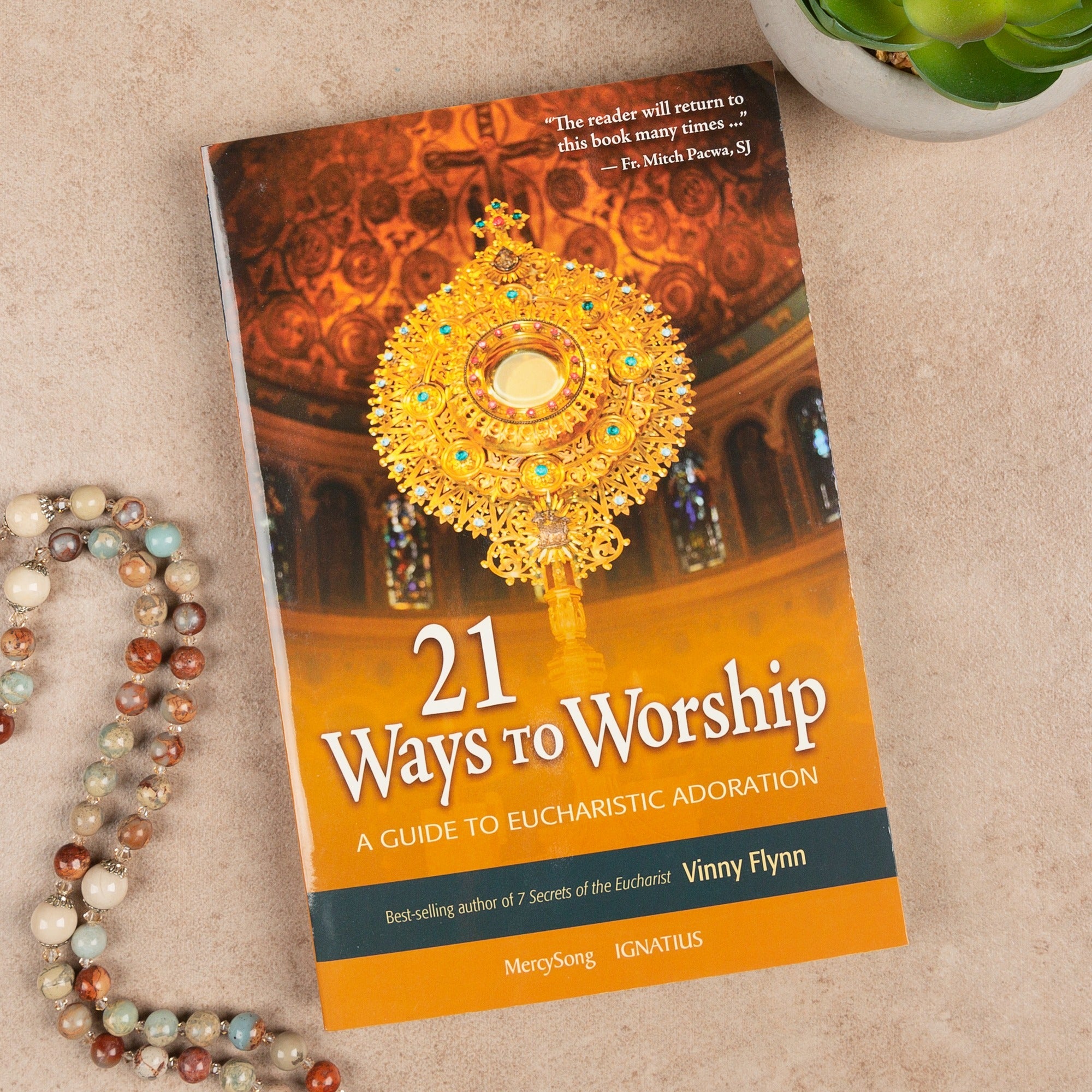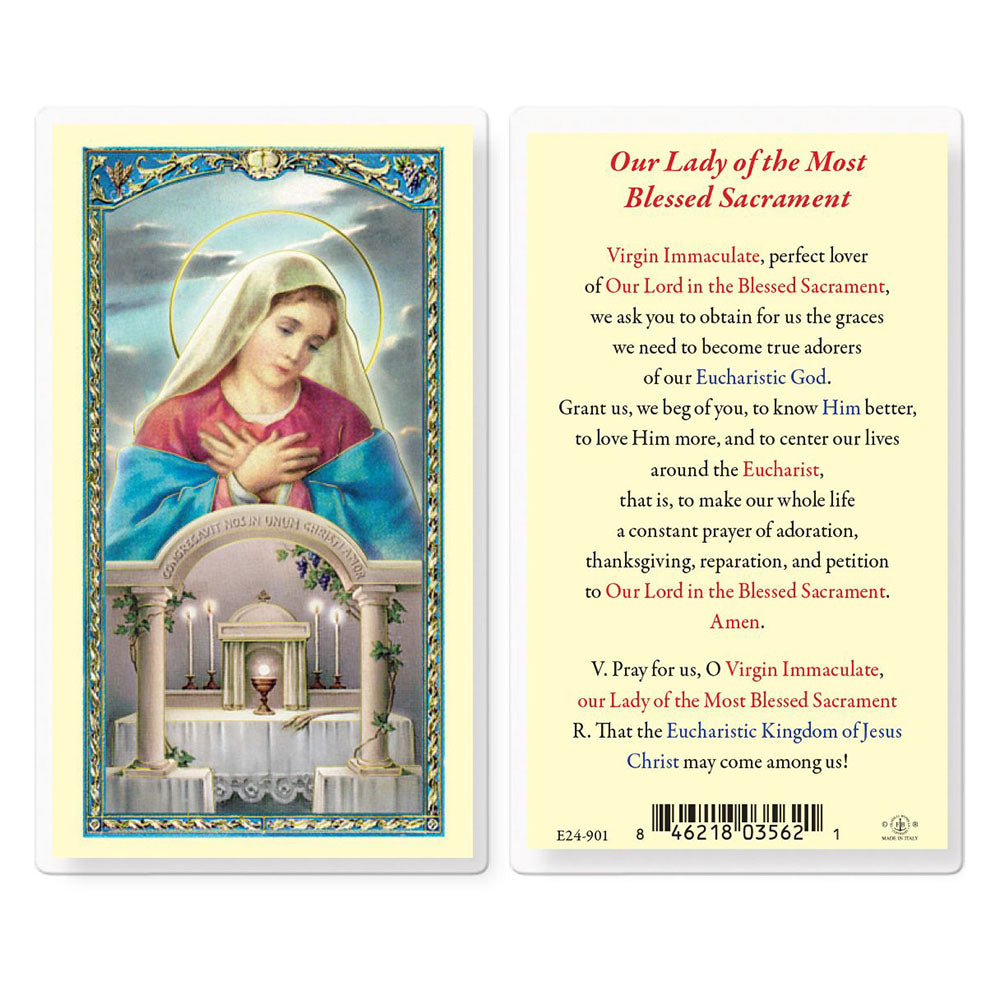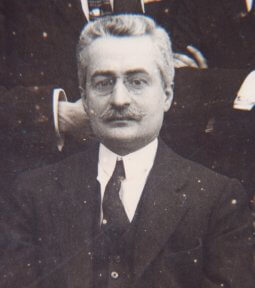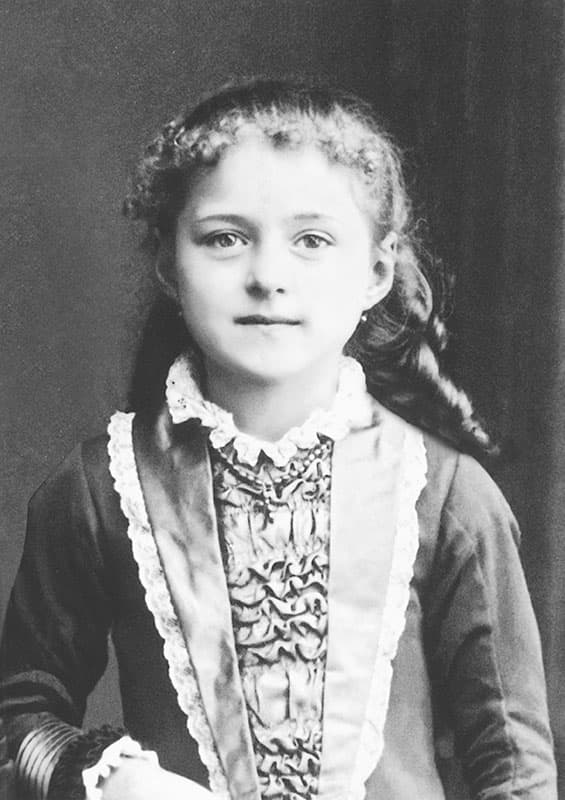The Feast of Corpus Christi is also called the “Solemnity of the Most Holy Body and Blood of Christ.” Its origins are rooted in powerful Eucharistic miracles that occurred when certain persons struggled to believe in Christ’s true presence in the Eucharist.
Two different events inspired this feast day.
At age sixteen, around the year 1208, an Augustinian nun by the name of Sr. Juliana began to have mystical visions during Eucharistic Adoration. In these visions, she would see a full moon with a stripe across it. God revealed to her that the moon represented the life of the Church and the stripe indicated that the Church needed a feast to honor the Real Presence. St. Juliana originally kept these visions to herself, but later expressed to her bishop (who eventually became Pope Urban IV) the need for a Eucharistic feast day.
Nearly half a century later in 1263, a priest (Fr. Peter of Prague) was having real doubts about Jesus’ presence in the Eucharist. He was a pious cleric, devoted to his people, yet he was troubled as to whether the words of consecration really changed the bread and wine into Christ’s Body and Blood. In the midst of his doubts, Fr. Peter traveled to Rome and stopped at the Church of St. Christina in Bolsena, Italy, to say Mass.
As he recited the words of consecration, blood began seeping from the consecrated host onto the altar and corporal. Stunned, Fr. Peter reported the Eucharistic Miracle to Pope Urban IV, who opened an investigation to confirm the miracle.
For Pope Urban IV, this miracle corroborated St. Juliana’s visions. He established the Feast of Corpus Christi (Corpus Christi means “the Body of Christ”), its first celebration taking place in 1264, one year after the Eucharistic miracle reported by Fr. Peter.
The Feast of Corpus Christi reminds us that while we may sometimes find the reality of the Eucharist hard to believe, Christ is always faithful and will provide us with His grace to strengthen our belief and understanding.
On this Feast of Corpus Christi, let us pray that all Catholics may come to a deeper understanding of Christ’s love for us—a love so great that He gives Himself to us personally and intimately every Sunday in the veiled forms of bread and wine.
Eucharistic Miracles are some of the greatest events of Church history. On numerous occasions, God has seen fit to offer miraculous visible proof of the Real Presence. In her fascinating book Eucharistic Miracles And Eucharistic Phenomena in the Lives of the Saints, Joan Carroll Cruz dives into 36 major Eucharistic Miracles in Church history, telling true accounts of Hosts turning into visible flesh. Get the book here to personally discover these awe-inspiring miracles.


